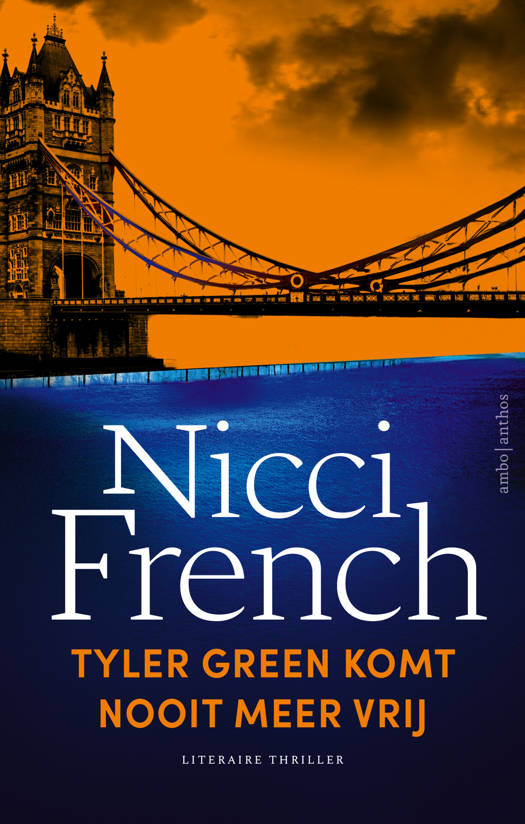
- Afhalen na 1 uur in een winkel met voorraad
- Gratis thuislevering in België vanaf € 30
- Ruim aanbod met 7 miljoen producten
- Afhalen na 1 uur in een winkel met voorraad
- Gratis thuislevering in België vanaf € 30
- Ruim aanbod met 7 miljoen producten
Zoeken
Protected Areas and Regional Development in Europe
Towards a New Model for the 21st Century
€ 70,45
+ 140 punten
Omschrijving
While originally created as reserves for beautiful landscapes and endangered species, protected areas in Europe were subsequently used as a means to preserve whole ecosystems, with restrictions on human activities and impacts. More recently, protected areas are also being considered as instruments for regional development, particularly in marginal regions facing severe economic and socio-cultural problems. Contrary to previous conservation-focused policies, new approaches aim to blend conservation and development functions, making protected areas real 'living landscapes' and integrating activities such as agriculture, forestry, handicrafts, tourism and education with the conservation and sustainability aspects. The past decade has seen a marked increase in these innovative and dynamic types of protected areas. However, the policies of individual European countries are very varied. This volume provides a comprehensive overview of the relationship between protected areas and regional development policies, both in theory and practice. Illustrated with a wide range of case studies from across Europe, it compares the different concepts, strategies and instruments being used. In conclusion, it suggests the most innovative and successful ways to use protected areas for regeneration and sustainable regional development.
Specificaties
Betrokkenen
- Uitgeverij:
Inhoud
- Aantal bladzijden:
- 272
- Taal:
- Engels
- Reeks:
Eigenschappen
- Productcode (EAN):
- 9781138262621
- Verschijningsdatum:
- 19/10/2016
- Uitvoering:
- Paperback
- Formaat:
- Trade paperback (VS)
- Afmetingen:
- 156 mm x 233 mm
- Gewicht:
- 452 g

Alleen bij Standaard Boekhandel
+ 140 punten op je klantenkaart van Standaard Boekhandel
Beoordelingen
We publiceren alleen reviews die voldoen aan de voorwaarden voor reviews. Bekijk onze voorwaarden voor reviews.










